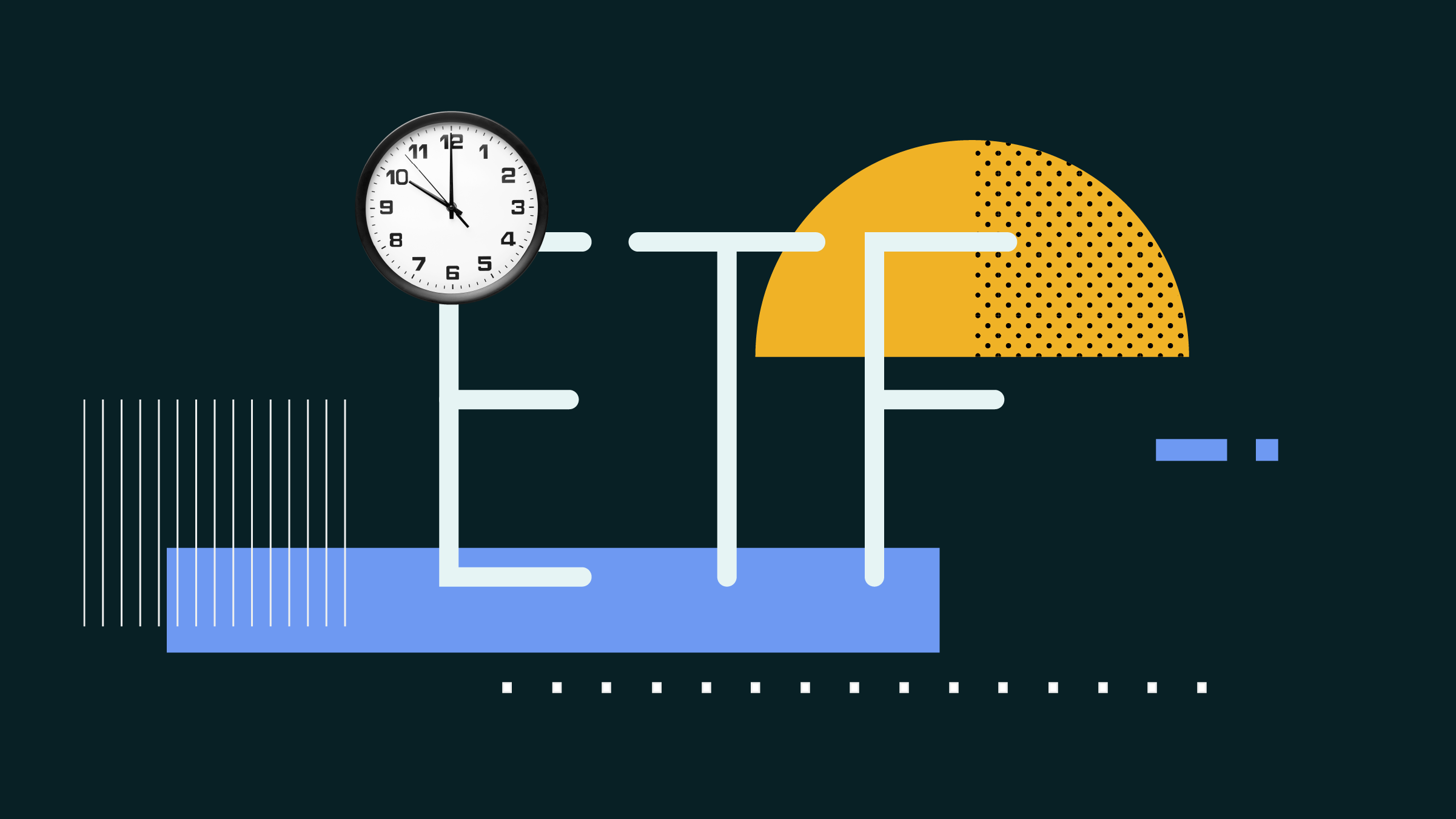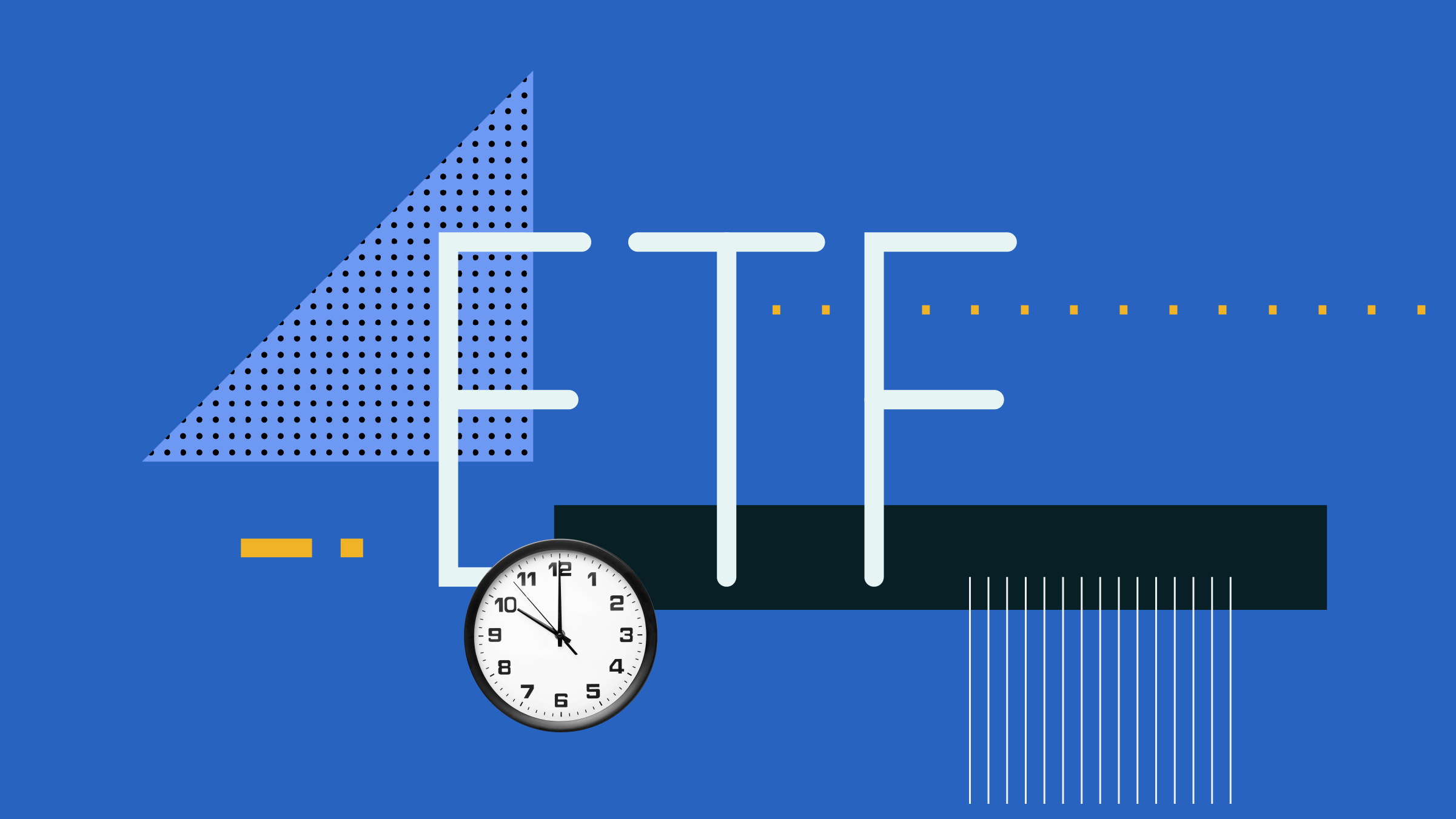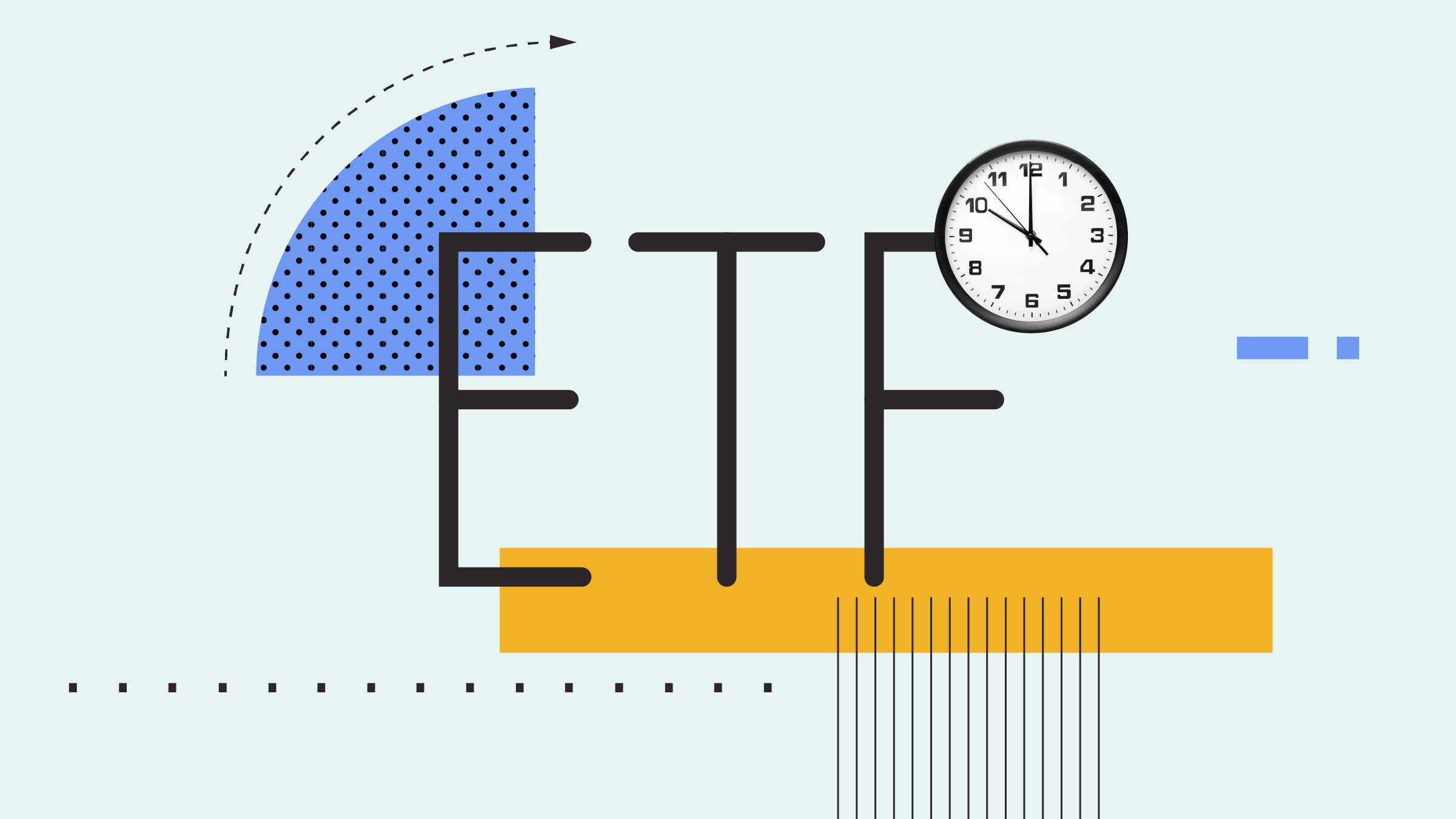Note: This article is part of Morningstar's January 2015 RRSP Check-up special report.
Judging from the many portfolios Morningstar readers send me for review, many investors have a lot of clutter in their holdings. For every single portfolio I receive that's whippet-thin -- without an excess stock, fund or ETF to spare -- I come across 10 more that have 50, 60 or even 100 individual holdings.
Of course, in the scheme of investor problems, overdiversification isn't the worst sin. Having too many holdings won't wreak the same havoc that undersaving will, or overpaying, or performance-chasing. But portfolio sprawl can add to investors' oversight challenges. It can simply be difficult to keep track of the fundamentals of so many holdings, especially if those holdings include individual stocks or actively managed mutual funds. The investor with too many holdings may have trouble figuring out her asset allocations or knowing when or how to rebalance. Having too many stocks and funds can also compound the headaches for an investor's successors.
Portfolio sprawl can also have negative repercussions for performance. If an investor amasses a lot of holdings, especially multiple diversified equity and bond funds, his performance within each asset class can become very index-like very quickly. But if that same investor is paying active management fees, sales charges or some combination thereof, the portfolio may well underperform a buy-and-hold portfolio consisting of simple index funds with ultralow costs.
For investors looking to put streamlining their portfolios on their to-do lists for this year, here are some dos and don'ts to keep in mind.
Do: Take the best and leave the rest
Holding assets in multiple silos-- RRSPs, company pension plans and taxable accounts -- is all but inevitable for most investors, compounding the potential for portfolio sprawl. And you can multiply that problem times two if you're part of a married or common-law couple, with each partner holding several distinct accounts. Many investors manage each of these subportfolios as well-diversified portfolios unto themselves, necessitating exposure to domestic and foreign stocks as well as bonds.
However, you can reduce the number of holdings in your portfolio and ensure that each is best of breed by thinking of all of your retirement accounts as a unified whole. That's because it's the total portfolio's asset allocation that matters, not the allocations of the constituent portfolios. For example, if your company pension plan has terrific equity index funds but lacks solid bond options, you can load up on equities in the pension plan and compensate by holding more bonds in your RRSP. Morningstar.ca users can use the "Combine" tool -- in the dropdown menu under "Create" in Portfolio Manager -- to view the total asset allocation of their portfolios, even if they have stored their subportfolios separately.
Don't: Take consolidation too far
Even as accumulators can get away with the type of streamlining I just discussed, intra-account diversification becomes more valuable if retirement is close at hand. Because you want to retain the flexibility to pull assets from any of your accounts during retirement -- registered or taxable -- you may have good reason to hold both more- and less-liquid asset types within each of your accounts. That way, you can be flexible about where you go for withdrawals in a given year during retirement. In a high-tax year, for example, if you need more than the mandatory RRIF withdrawal, you might like to take a withdrawal from your non-registered account and pay tax only on the capital gains, rather than paying ordinary income tax on the full withdrawal amount from your RRIF.
Do: Use Morningstar Analyst Ratings as a first cut
If you have multiple holdings fulfilling the same role within your portfolio and are contemplating some cuts, it's valuable to conduct a head-to-head comparison. One of the quickest ways to do so is to use Morningstar Analyst Ratings -- the star rating for stocks and the medalist system for funds. These ratings are designed to provide a forward-looking assessment of a security's prospects. Of course, you may have good reason to hang on to securities that don't rate well; for example, you may have a very low cost basis in that 2-star stock you're holding in your taxable account, or your Neutral-rated small-cap fund may be the sole small-cap option in your pension plan. But the ratings provide a sensible starting point in the process.
Don't: Focus exclusively on trailing returns
If you find duplicative holdings and are conducting your own "cage match" of two securities that play in a similar space, be careful not to focus too much on trailing returns. Despite recent volatility, the market has rewarded risk-taking since it began to recover in early 2009. By focusing disproportionately on investments with happy-looking trailing returns -- especially over the past three- and five-year periods -- investors may inadvertently tilt their portfolios toward higher-risk, higher-volatility investments.
To help avoid that trap, make sure your due diligence encompasses an assessment of each investment's risk profile. Eyeballing returns in the year 2008 is a good first step; you can also take a look at Morningstar's upside and downside capture ratios for funds to see what kind of animal you're dealing with. Morningstar's analyst reports also aim to address the potential risks that accompany each investment. And if you're looking for a data point with the greatest predictive power for mutual fund performance, a fund's expense ratio is the best way to stack the deck in your favour. You can't go too far wrong by concentrating your holdings in the lowest-cost investments in your choice set.
Do: Employ broad-market index funds and ETFs
Broad-market index funds and exchange-traded funds can be a great starting -- and ending -- point for investors aiming to streamline. A single total stock market fund, for example, has at least some exposure to companies small and large, value- and growth-oriented. A broad bond market index fund won't be quite as encompassing -- it won't include junk bonds, for example -- but it will provide representative exposure to the investment-grade bond market. As such, it could reasonably serve as a standalone bond holding for investors who are still in accumulation mode. Even if you also hold actively managed funds, by anchoring your portfolio in index funds, you'll be able to get away with fewer holdings and bring your portfolio's average costs down.
Don't: Hold individual stocks if you're just not that into it
Many investors use mutual funds or exchange-traded funds for the bulk of their portfolios while also maintaining a smaller basket of stocks on the side. If that describes your setup, reflect on your past behaviour and performance as a stock investor. If you have tended to do your homework on your companies and have generated strong performance with this part of your portfolio, that may argue for making individual stock holdings an even larger part of your portfolio than they already are. But if you have amassed a portfolio of individual equities more haphazardly -- and monitored them not at all -- it's a good time to ask yourself what those small positions are actually doing for you. If your total position is fairly small, it's adding to the clutter in your portfolio but doesn't have the potential to dramatically alter your bottom line, for better or for worse.



















